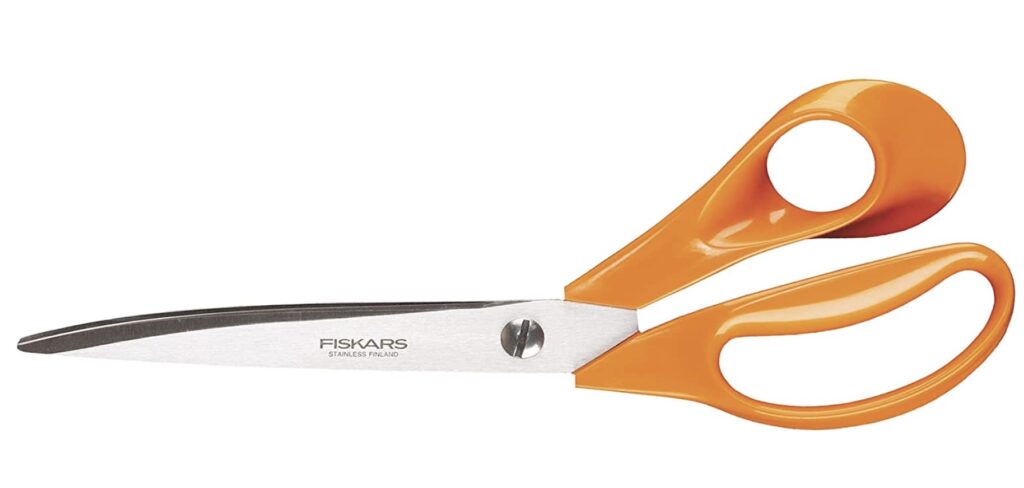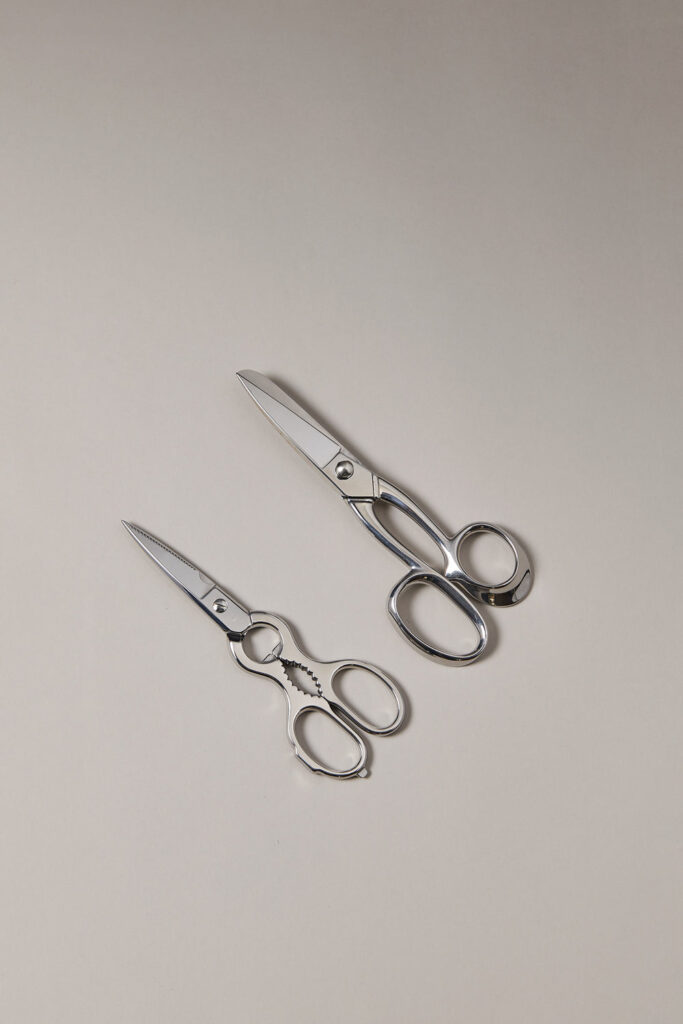My parents had the same egg timer for my entire youth. It was a little, happy chicken-shaped plastic thing made in Europe. When, after 20 years or so, it broke, they went to a store to replace it. The replacement stopped working almost on arrival and its replacement lasted a few months. Now, only a few years later, they´ve had four egg timers total.
Things are made with poor quality because the business model for manufacturing quality goods has eroded. You won’t be rewarded with lifelong customers. People will just hop to the next trend, maybe allowing colors and marketing to do their thinking. Your favorite cartoon sells an egg timer or your influencer of choice will point to one. A stodgy old brand and quality manufacturing practices hold companies back from a future of jazzed-up, marketing-juiced, low-quality products.
A friend of mine had trouble finding needles and thread because people repair things less. A bicycle repairman I know closed his shop because he didn’t see a future in repairing bikes. I still have my first pair of Diesel jeans over 15 years later. Newer pairs tear in months. We are living in a world of delayed landfill. It is becoming increasingly difficult to find the good things amid flurries of bad ones.
I’m obsessed with good things. I long to find the perfect belt, the perfect long-lasting kitchen knives. And I know it works. I gave my parents Henckels knives and a Peugeot pepper mill over 20 years ago and both have held up very well. I have Wüsthof knives and Meindl hiking boots that will last me a long time. I have a Carhartt hooded sweatshirt that I’ve had from when Seven and GoldenEye were in theaters and TLC´s “Waterfalls” was a hit. However, some brands are reducing quality, while trend cycles accelerate. Shopping for things is an activity. Some surveys show that one quarter of many people´s clothes are not worn for a year.
I´ve seen the review process corrupted with low-quality hiking boots being praised and trendy watches, knives, and kitchen gear winning awards, topping “best of” lists while being poorly made. The ideal world of people recommending good products to everyone else hasn’t materialized. Reddit has a nice forum called “Buy It For Life,” which is handy, but, even there, there are traces of marketing-influenced posts. With so much in the way of stimuli and trends coming and going so quickly, we can’t really find the perfect item anymore.
How happy does getting a thing make you? The fleeting moments seem to be even more fleeting, since, with such an abundance of opportunity cost and a plethora of choices, you can’t find the right thing. And even if you think you have it, there will be doubts because there is just so much more out there. Then, someone will come out with a new, more improved, better, even cooler thing. There are always more ads and more goods coming out all the time. All of this is incredibly wasteful and inefficient, of course. We are buying more things that make us less happy, while they are made to last less long. We’re setting ourselves up for failure.
The most logical outcome is for youth to have an anti-thing movement, where they turn their backs on consumption en masse. In part, young people are more focused on experiences, so this may be occurring, in fact. However, most people, especially older generations will probably continue lumbering along, hoarding a landfill of ever-decreasing quality and increasing cost. I would not like to be an archeologist 200 years from now, if indeed there is hope for humans then.
Let’s take this nihilistic view to its final, logical conclusion. The way to win at fast fashion is to be even faster. People complained about H&M for its fast fashion and low quality. Now, SHEIN throws up its incredibly low quality wear all over the world. And it is SHEIN that is being copied. People are trying to figure out how to work without quality standards and stock, just like they do.
But maybe we can turn this to an advantage. With the half-life of happiness over things growing ever-shorter, maybe we can come up with the ultimate product for this age. You just have a web page for 1,000s of rendered designs—1,000s of objects being offered for sale. Only when a thing is ordered do you design it, 3D print it, and ship it to the customer. You don’t have fashion risk, inventory, or capital tied up in the supply chain at all. You don’t have a collection per se—just as many renders as you can generate on as many platforms as possible. Without inventory, you make what is needed in a punishing race to the bottom. At one point, our 3D printed crud will mean that their molds won’t be feasible. Maybe we should out-low quality produce them in order to make their business models collapse?
Scissors by Ernst Wright, Kai, Fiskars and Lorenzi Milano. All last for a long time.
Subscribe to Our Email Newsletter
Stay up-to-date on all the latest news from the 3D printing industry and receive information and offers from third party vendors.
Print Services
Upload your 3D Models and get them printed quickly and efficiently.
You May Also Like
Printing Money Episode 30: Q1 2025 Public 3D Printing Earnings Review with Troy Jensen, Cantor Fitzgerald
Printing Money is back with Episode 30, and it’s that quarterly time, so we are happy and thankful to welcome back Troy Jensen (Managing Director, Cantor Fitzgerald) to review the...
3DPOD 260: John Hart on VulcanForms, MIT, Desktop Metal and More
John Hart is a Professor at MIT; he´s also the director of the Laboratory for Manufacturing and Productivity as well as the director of the Center for Advanced Production Technologies....
Etsy Design Rule Change Reduces Selection of 3D Printed Goods
Online marketplace Etsy has implemented a rule change requiring all 3D printed goods on the site to be original designs. The update to the site’s Creativity Standards states, ¨Items produced using...
3DPOD 259: AM at Stratasys with Rich Garrity, Chief Business Unit Officer
Rich Garrity is the Chief Business Officer of Stratasys. Rich shares Stratasys´ vision and future with us. We talk about machines, applications, clients, and the market in general. What technologies...




































